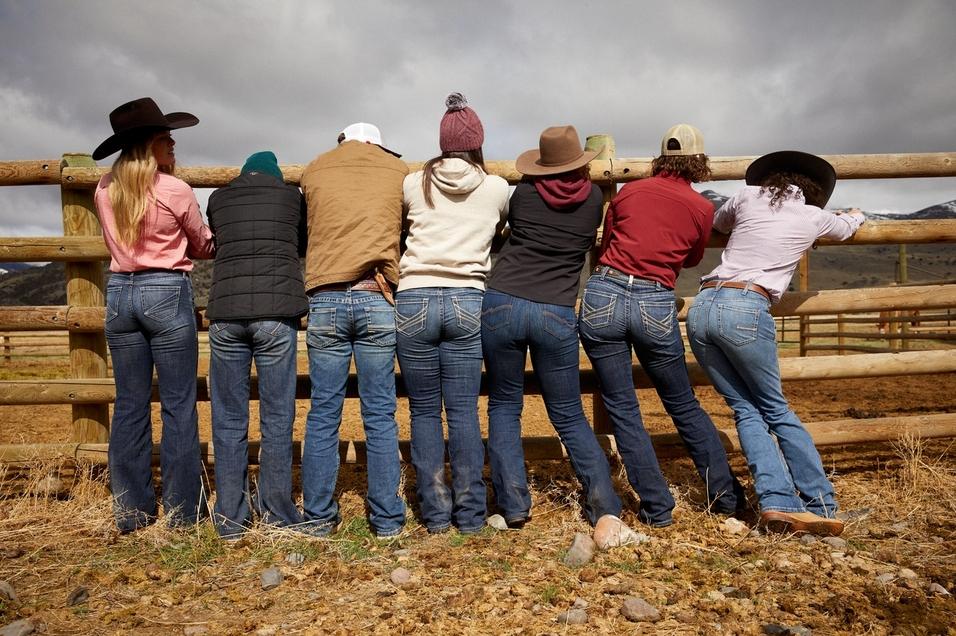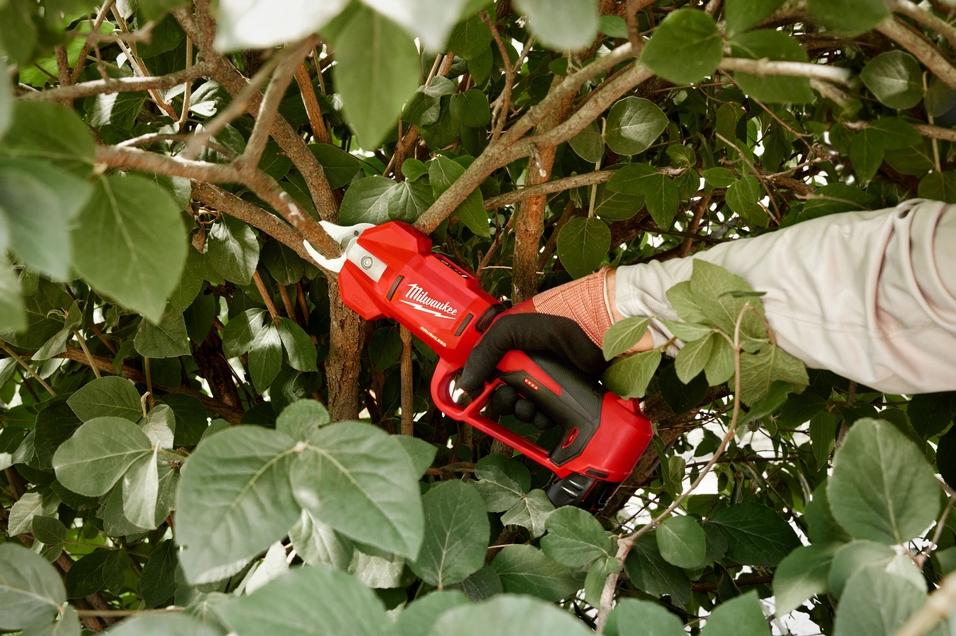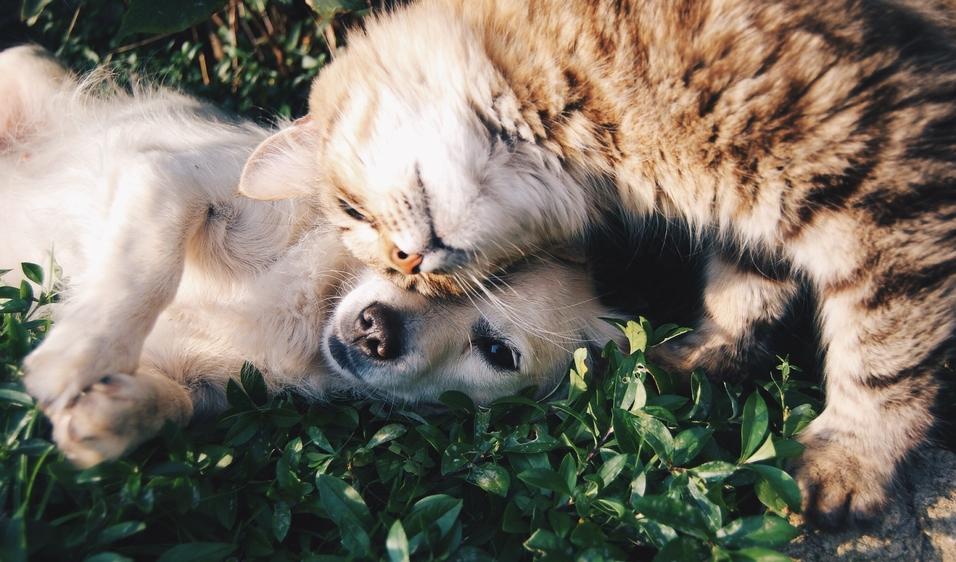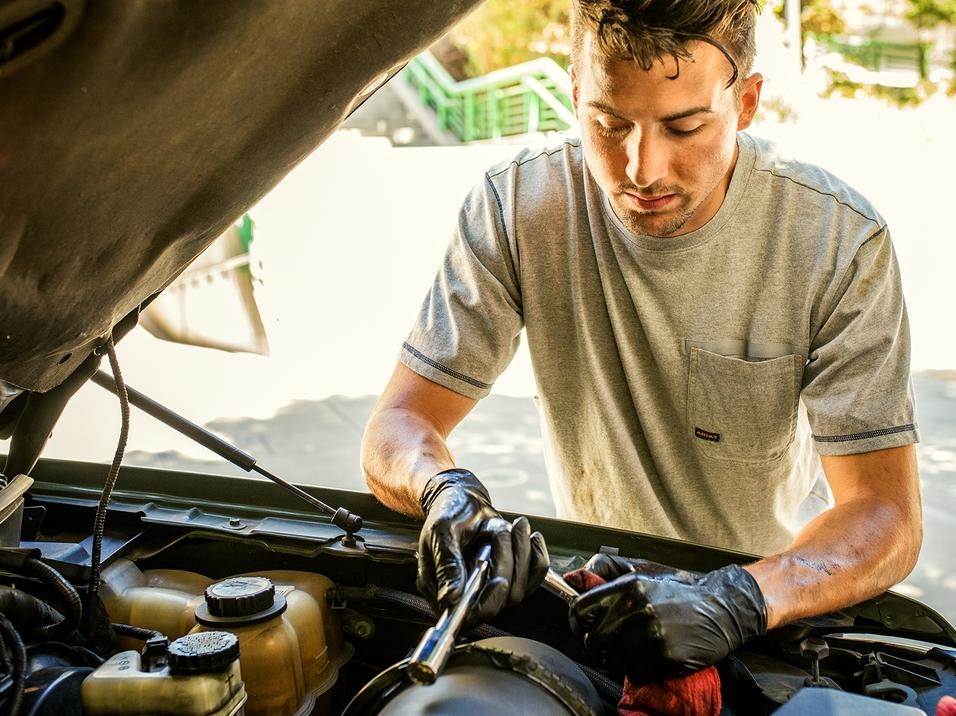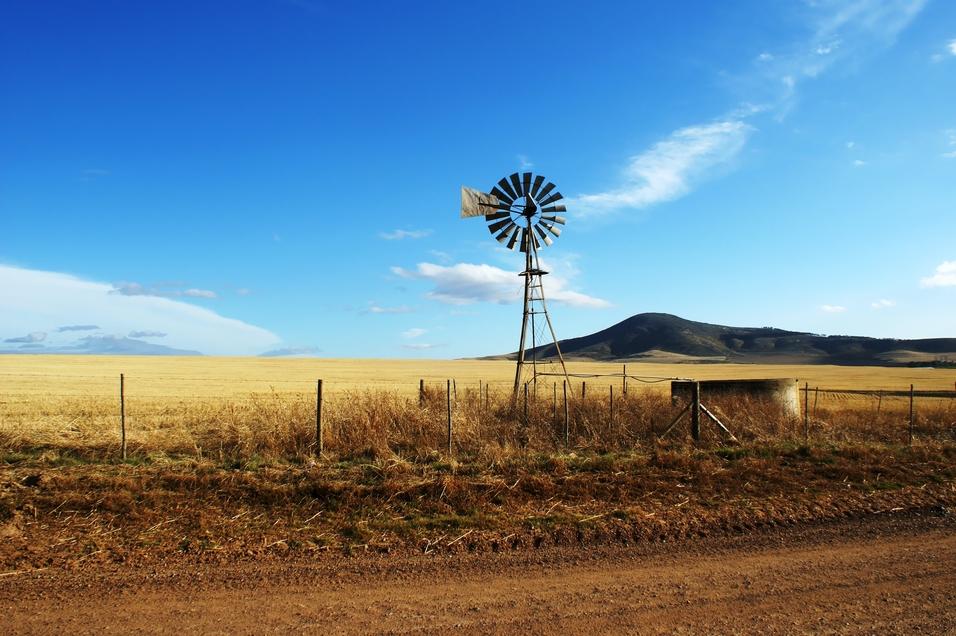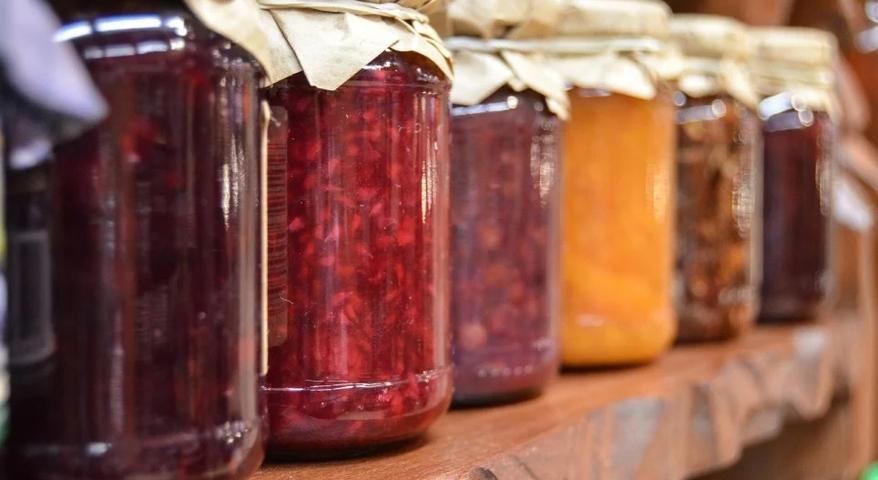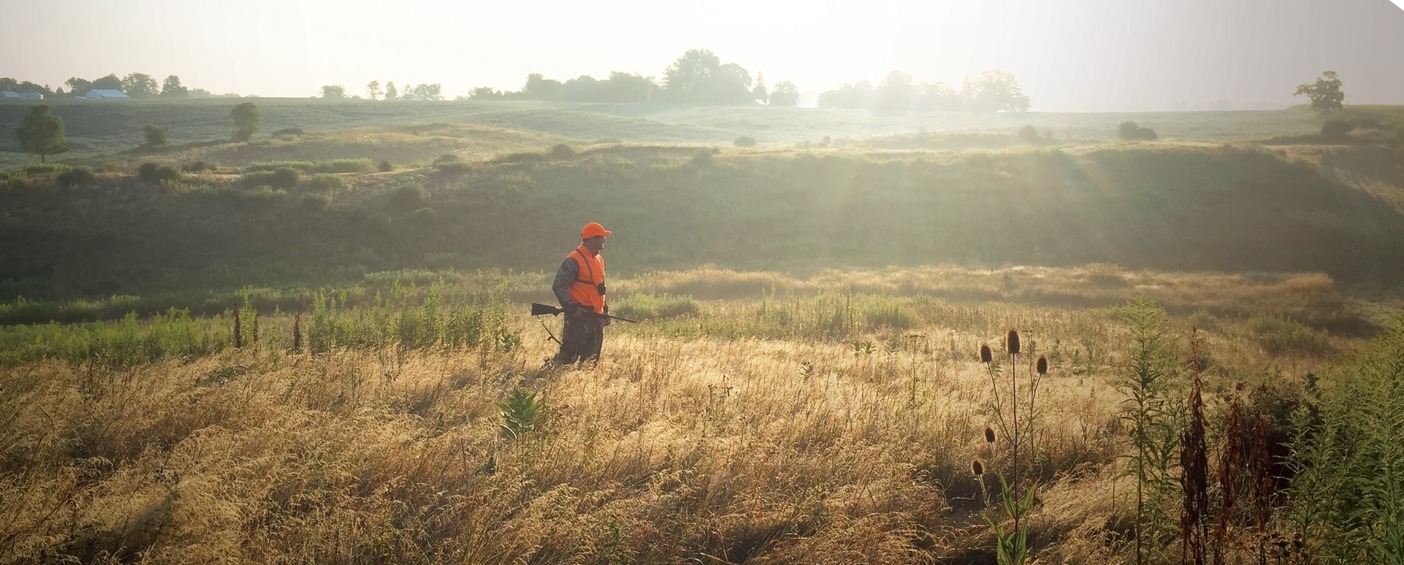
Nov 3, 2023
From Field to Feast: The Art of Processing Game Meat
1. Field Dressing: The First Step
After a successful hunt, the first task is field dressing, which is essentially the initial butchering of the animal. It's crucial to do this as soon as possible to cool the meat and prevent spoilage. Field dressing involves removing the animal's internal organs and typically involves the following steps:
- Make an incision from the chest to the pelvis.
- Carefully remove the organs, taking care not to puncture the digestive tract.
- If necessary, remove the head, hide, and lower legs to reduce weight for transportation.
After a successful hunt, the first task is field dressing, which is essentially the initial butchering of the animal. It's crucial to do this as soon as possible to cool the meat and prevent spoilage. Field dressing involves removing the animal's internal organs and typically involves the following steps:
- Make an incision from the chest to the pelvis.
- Carefully remove the organs, taking care not to puncture the digestive tract.
- If necessary, remove the head, hide, and lower legs to reduce weight for transportation.
Coolers
**2. Proper Handling and Transportation**
After field dressing, it's essential to handle the meat with care. If you're not near home, keeping it cold is crucial to prevent bacterial growth. Many hunters use coolers with ice packs, dry ice, or even portable refrigeration units to keep the meat cold until they can process it further.
**3. Butchering: Turning Game into Meat**
Once you're ready to process your game meat, you can follow these general steps:
- Skin the animal: Carefully remove the hide, making sure to preserve as much meat as possible.
- Quarter the animal: This involves separating the animal into its main cuts, like shoulders, hindquarters, and backstraps.
- Debone and trim: Remove the meat from the bones, cutting away any damaged or low-quality parts.
- Further breakdown: Depending on your preferences, you can further break down the meat into specific cuts like steaks, roasts, and stew meat.
**4. Careful Meat Inspection**
When processing game meat, it's crucial to be vigilant about inspecting the meat. Look for signs of disease, parasites, or spoilage. Any meat that doesn't look or smell right should be discarded.
**5. Meat Grinding and Sausage Making**
Many hunters enjoy grinding some of their game meat to make ground meat, sausages, or burger patties. You can mix in seasonings, such as garlic, herbs, and spices, to create a unique flavor profile. Investing in a quality meat grinder is a wise choice if you plan on processing game meat regularly.
**6. Storing and Freezing**
Proper storage is essential to keep game meat fresh. Vacuum sealing is a popular method to remove air and prevent freezer burn. Label each package with the type of meat, the date processed, and any additional notes to ensure easy identification later.
**7. Enjoying the Fruits of Your Labor**
Once your game meat is processed and safely stored, it's time to enjoy the results. From hearty stews and tender roasts to sizzling steaks and flavorful sausages, game meat offers a variety of culinary possibilities. You can experiment with recipes, spices, and cooking techniques to savor the unique flavors of your hard-earned bounty.
In conclusion, processing game meat is a rewarding and essential skill for hunters. It allows you to transform your harvest into delicious meals that nourish your family and friends. Whether you're a seasoned hunter or just starting, mastering the art of processing game meat is a gratifying journey that deepens your connection to the outdoors and the food on your table.
**2. Proper Handling and Transportation**
After field dressing, it's essential to handle the meat with care. If you're not near home, keeping it cold is crucial to prevent bacterial growth. Many hunters use coolers with ice packs, dry ice, or even portable refrigeration units to keep the meat cold until they can process it further.
**3. Butchering: Turning Game into Meat**
Once you're ready to process your game meat, you can follow these general steps:
- Skin the animal: Carefully remove the hide, making sure to preserve as much meat as possible.
- Quarter the animal: This involves separating the animal into its main cuts, like shoulders, hindquarters, and backstraps.
- Debone and trim: Remove the meat from the bones, cutting away any damaged or low-quality parts.
- Further breakdown: Depending on your preferences, you can further break down the meat into specific cuts like steaks, roasts, and stew meat.
**4. Careful Meat Inspection**
When processing game meat, it's crucial to be vigilant about inspecting the meat. Look for signs of disease, parasites, or spoilage. Any meat that doesn't look or smell right should be discarded.
**5. Meat Grinding and Sausage Making**
Many hunters enjoy grinding some of their game meat to make ground meat, sausages, or burger patties. You can mix in seasonings, such as garlic, herbs, and spices, to create a unique flavor profile. Investing in a quality meat grinder is a wise choice if you plan on processing game meat regularly.
**6. Storing and Freezing**
Proper storage is essential to keep game meat fresh. Vacuum sealing is a popular method to remove air and prevent freezer burn. Label each package with the type of meat, the date processed, and any additional notes to ensure easy identification later.
**7. Enjoying the Fruits of Your Labor**
Once your game meat is processed and safely stored, it's time to enjoy the results. From hearty stews and tender roasts to sizzling steaks and flavorful sausages, game meat offers a variety of culinary possibilities. You can experiment with recipes, spices, and cooking techniques to savor the unique flavors of your hard-earned bounty.
In conclusion, processing game meat is a rewarding and essential skill for hunters. It allows you to transform your harvest into delicious meals that nourish your family and friends. Whether you're a seasoned hunter or just starting, mastering the art of processing game meat is a gratifying journey that deepens your connection to the outdoors and the food on your table.


